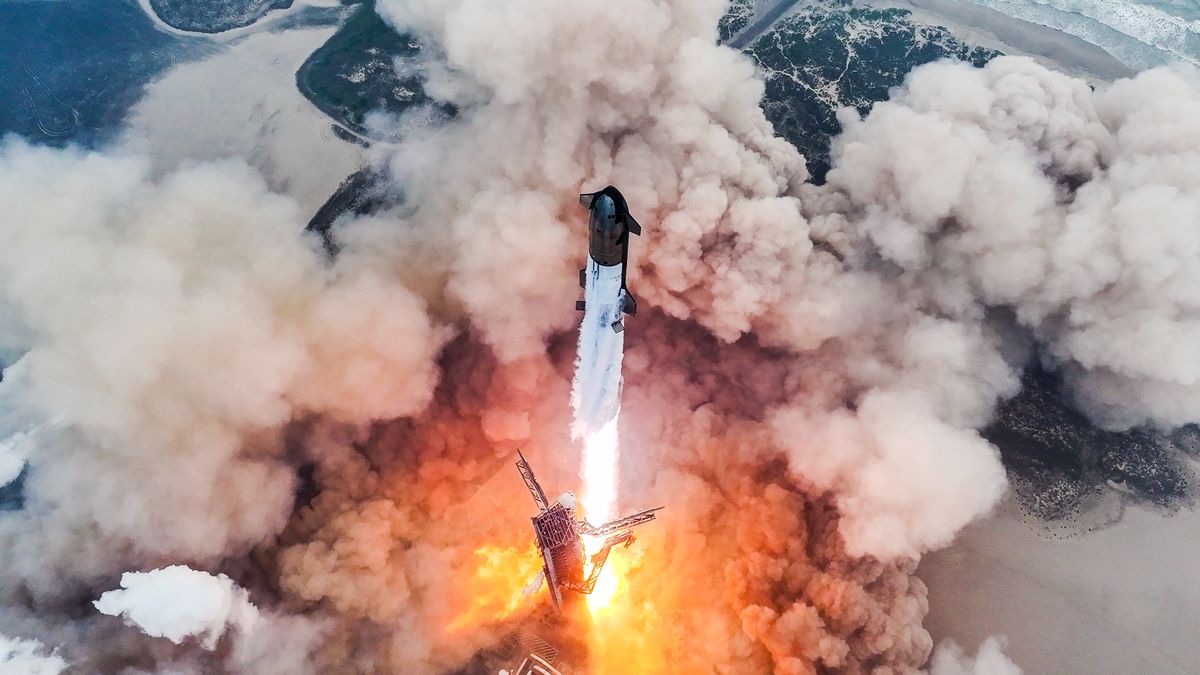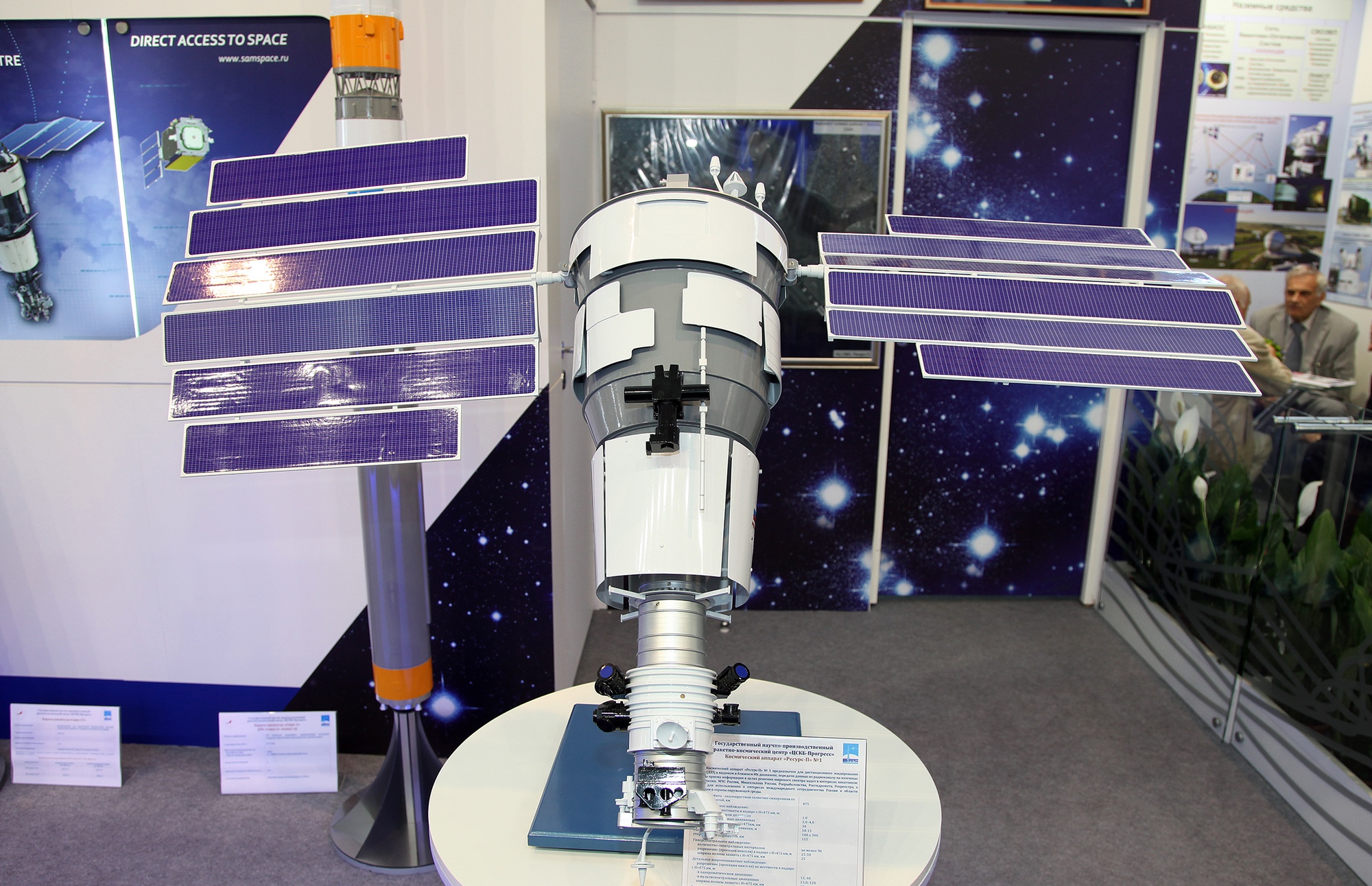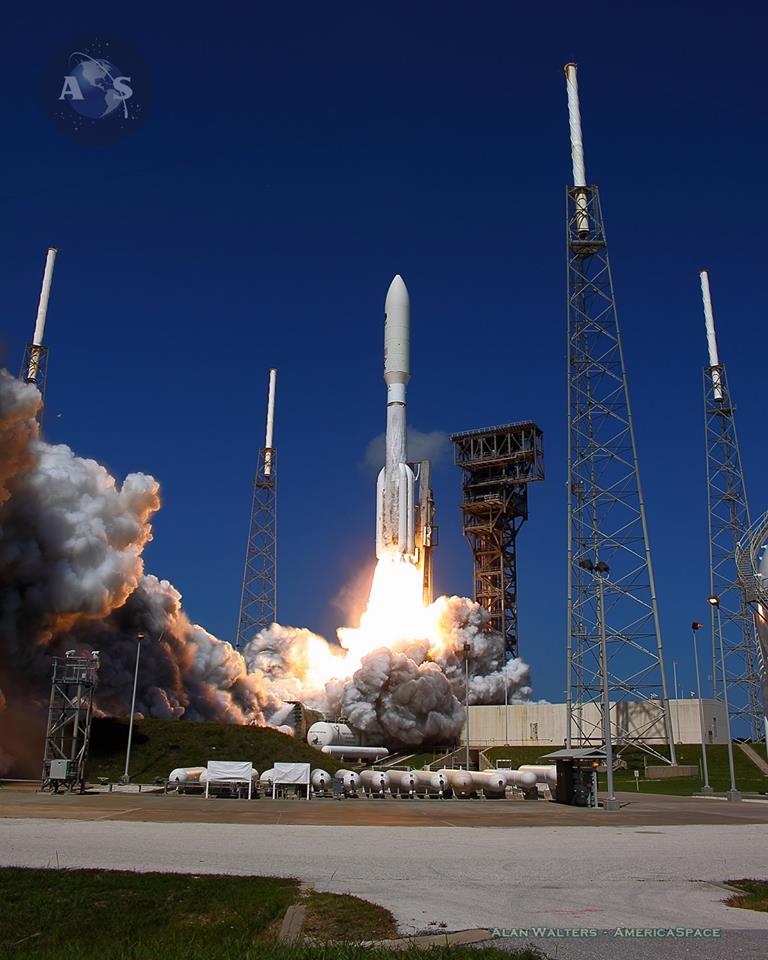
As the summer heats up, SpaceX and United Launch Alliance (ULA) on Tuesday announced start-of-month and end-of-month launches out of Florida’s Cape Canaveral Space Force Station. First up, no sooner than 2:57 a.m. EDT Wednesday, a veteran Falcon 9 booster will rise from historic Space Launch Complex (SLC)-40, laden with 20 Starlink low-orbiting internet communications satellites. And at July’s tail-end, targeting a 30 July liftoff, an Atlas V 551—nicknamed “The Bruiser” by ULA CEO Tory Bruno—will rise from neighboring SLC-41 with the highly secretive USSF-51 payload for the U.S. Space Force.
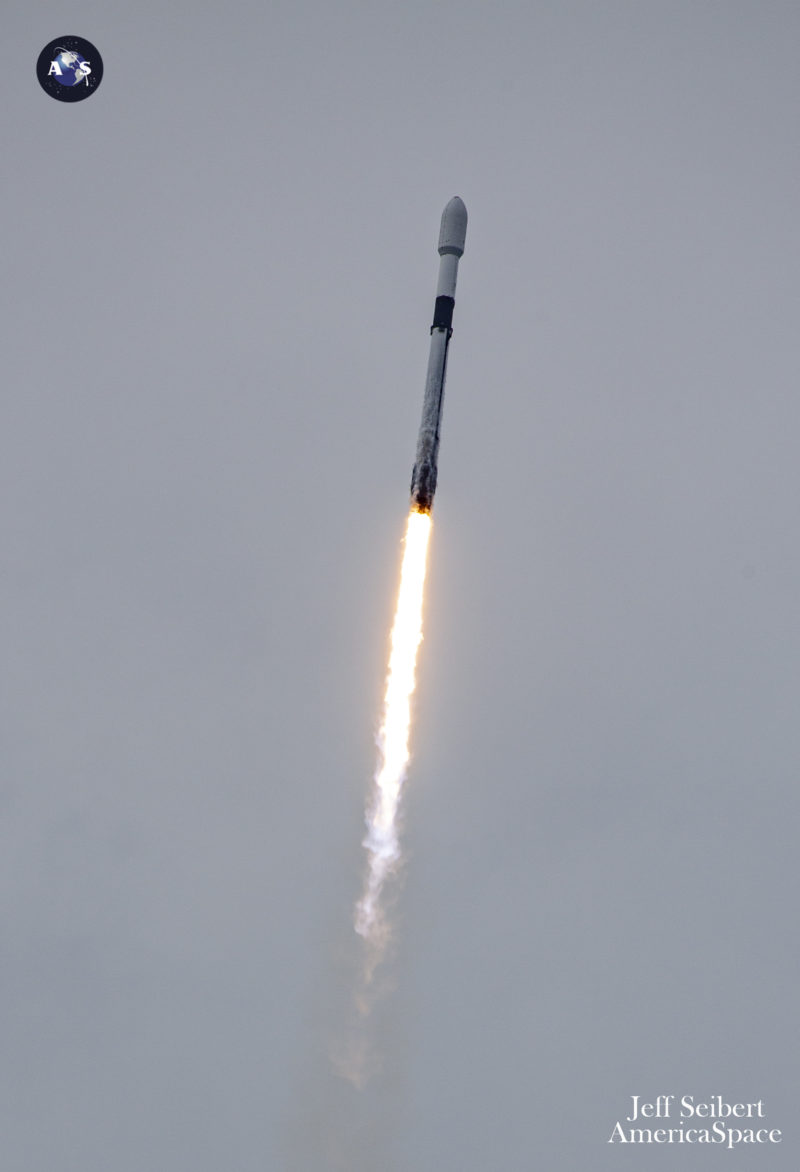

Wednesday’s just-past-dawn mission will be flown by none other than B1073, the selfsame booster which dramatically aborted on the pad at T-0 on 14 June, after previously suffering a pair of back-to-back weather delays. SpaceX teams elected to temporarily stand her down and reassigned another booster in her stead.
Two weeks later, after a comprehensive raft of inspections, the issues responsible for keeping B1073 ground-bound would appear to have been resolved. Tomorrow’s launch benefits from an expansive “window” of T-0 opportunities, extending from 2:57 a.m. through 5:59 a.m. EDT. Unusually, should a Wednesday morning launch be missed, teams will stand down for four days, ahead of the next attempt at 12:28 a.m. EDT Sunday.
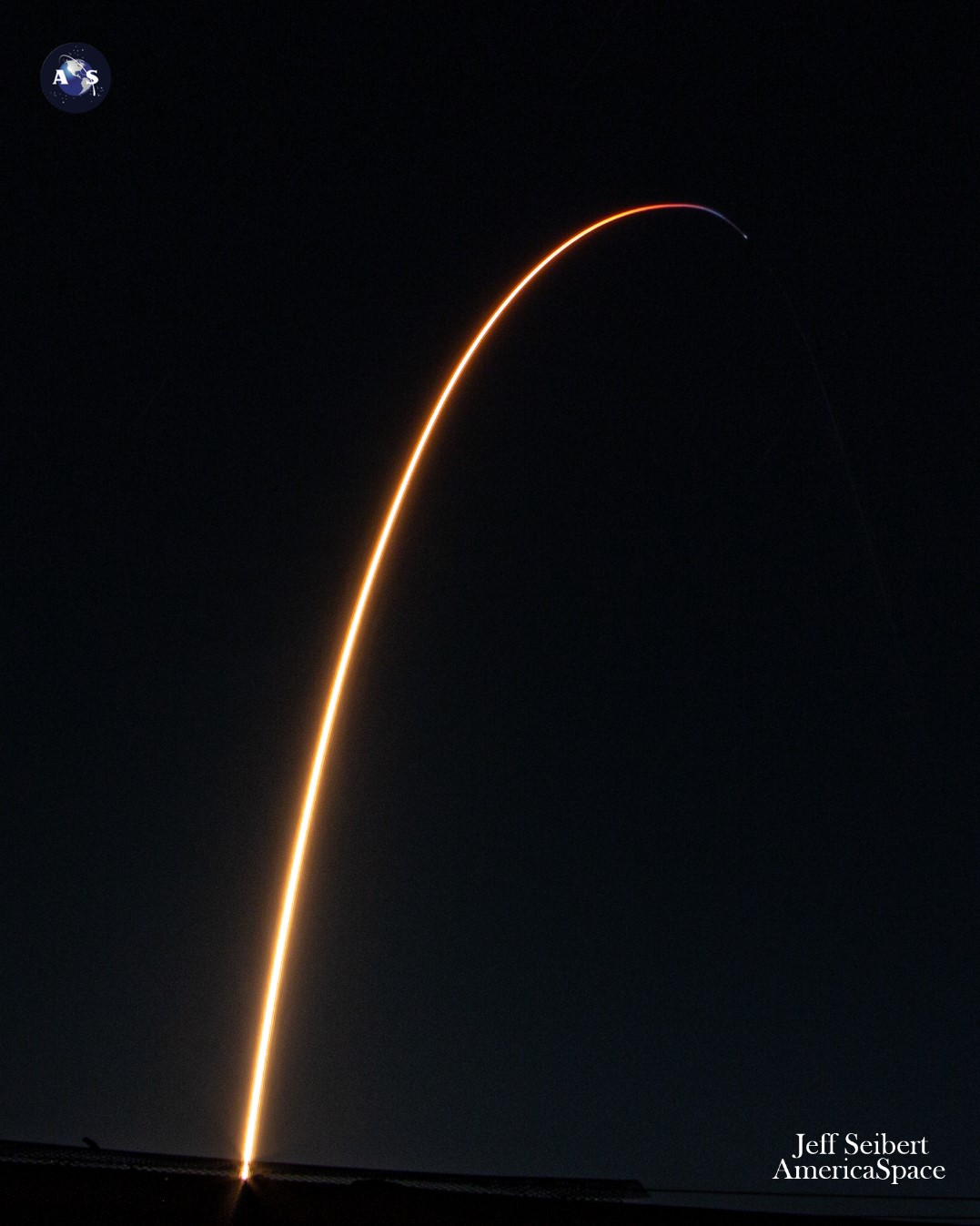

Flying for the 16th time, B1073 entered service in May 2022 and her 15 prior missions have lofted more than 340 flat-packed Starlinks uphill, as well as the SES-22 and Amazonas Nexus geostationary communications satellites in June 2022 and February of last year and launched a lunar-bound mission in December 2022 with Japan’s Hakuto-R Moon lander, the Rashid rover for the United Arab Emirates (UAE) and NASA’s water-ice-seeking Lunar Flashlight. In March 2023, on her seventh mission, she became the most flight-seasoned Falcon 9 ever to lift a payload—whether human or cargo—to the International Space Station (ISS) with the CRS-27 Cargo Dragon.
B1073 also supported the 300th outing by a Falcon 9 last January, helped cement new empirical records in March 2024 for the shortest interval between pairs of launches and a trio of launches and delivered the 11-payload Bandwagon-1 “rideshare” mission—including a raft of small satellites from the United States, Japan, India, South Korea and Australia—in April. If tomorrow morning’s launch goes well, she will become the ninth Falcon 9 booster to reach a 16th flight since July of last year.
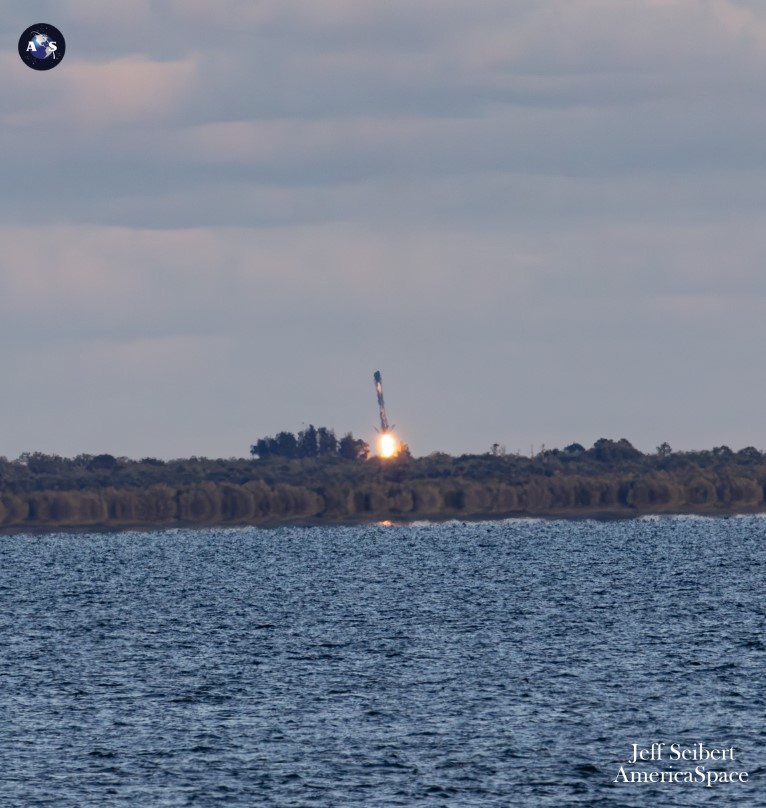

Forecasters from the 45th Weather Squadron at Patrick Space Force Base are predicting an 80-percent probability of acceptable conditions tomorrow, tempered only by a chance of violating the Cumulus Cloud Rule thanks to the predicted arrival of Gulf Stream showers. “A weak boundary is slowly eroding today as it runs into strong ridging across Central Florida,” the 45th noted in a Tuesday update.
“This will create showers and thunderstorms mostly west of the Space Coast which should wind down well before the launch window opens early Wednesday morning,” it added. “However, Gulf Stream showers will begin to work their way towards the Spaceport as the morning progresses.”


Assuming an on-time launch, B1073 will return to land on the expansive deck of the Autonomous Spaceport Drone Ship (ASDS), “A Shortfall of Gravitas”, with deployment of the 20 Starlinks anticipated about an hour after liftoff. This particular batch includes 13 “Direct-to-Cell” Starlinks, which possess advanced modems and serve, according to SpaceX, as space-based cellphone towers to eliminate dead zones with network integration similar to a standard roaming partner.
Numerous Direct-to-Cell Starlinks have been launched since January 2024, reportedly enabling network providers to offer “seamless global access to texting, calling and browsing” whether “on land, lakes or coastal waters”, without the need to change hardware or firmware. All told, more than 1,000 Starlinks have been launched since the beginning of the year, with a running total of more than 6,600 orbited since May 2019.


With B1073 flying July’s first U.S. space launch, ULA also on Tuesday drew attention to what might also be the month’s last mission, by announcing the return of the most powerful configuration of its Atlas V—the “551”, numerically designated to identify a 17-foot-diameter (5-meter) Short Payload Fairing (SPF), five Graphite Epoxy Motor (GEM)-63 strap-on boosters and a single-engine Centaur upper stage—to deliver the highly secretive USSF-51 payload to orbit for the U.S. Space Force.
No launch window has been announced, with only 30 July identified at present. Nor has ULA fleshed much detail onto the mission itself: only that the 196-foot-tall (59.7-meter) Atlas V 551 will generate 2.7 million pounds (1.2 million kilograms) of thrust at liftoff to deliver USSF-51 into its intended orbital position.
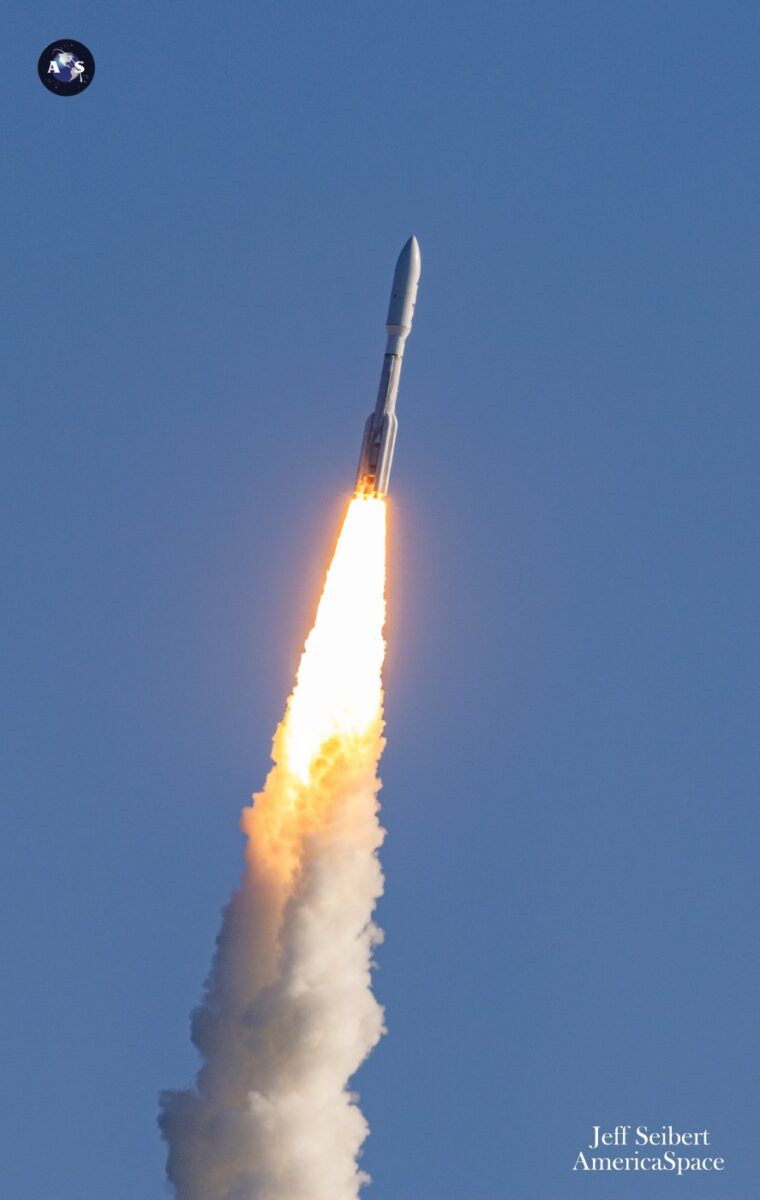

Launch services contracts worth $337 million were awarded by the Space Force in August 2020 and included USSF-51 and another mission, USSF-106, which is slated to fly later this fall on the Vulcan-Centaur’s first National Security launch. Under the language of the original contract, USSF-51 was initially targeted for the second quarter of Fiscal Year 2022 but met with substantial delay through 2023 and past the first half of 2024, with early considerations that it might fly aboard the long-delayed Vulcan-Centaur eventually falling in favor of the flight-proven Atlas V.
The Atlas V 551—the most powerful heavylifter of ULA’s in-service Atlas fleet—has received the appropriate nickname of “The Bruiser”. It has flown on 13 occasions since January 2006, most recently last September when it boosted the classified NROL-107 Silent Barker mission for the National Reconnaissance Office directly to Geostationary Earth Orbit (GEO), at an altitude of 22,300 miles (35,900 kilometers).


Capable of lifting up to 41,000 pounds (18,800 kilograms) into low-Earth orbit and as much as 19,600 pounds (8,900 kilograms) to geostationary altitude, the 551 first saw service in January 2006 to launch NASA’s New Horizons mission to Pluto and deep into the outer reaches of the Solar System. More recently, it delivered the Juno orbiter to Jupiter in August 2011, as well as five Mobile User Objective System (MUOS) narrow-band military communications satellites between February 2012 and June 2016, the former Air Force Space Command’s AFSPC-11 mixed-manifest mission in April 2018 and the final three members of the Advanced Extremely High Frequency (AEHF) geostationary network.
ULA has revealed a characteristically clipped summation of USSF-51’s flight milestones, extending only through the opening three minutes of the mission. After liftoff, the Atlas V will power uphill, passing the speed of sound and experiencing peak aerodynamic turbulence on its airframe—colloquially termed “Max Q”—a minute into ascent.
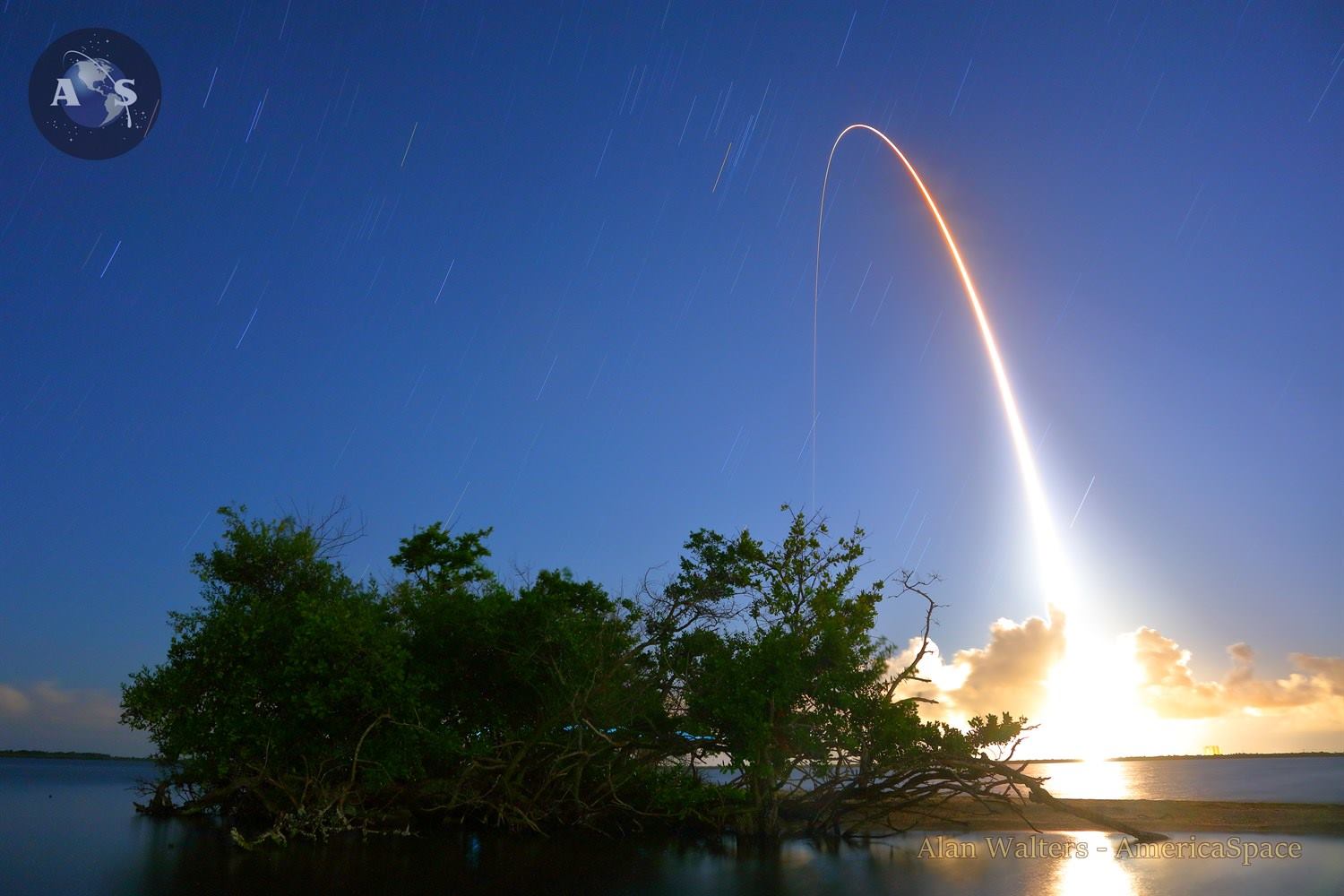

The five GEM-63 boosters, which together generate 1.8 million pounds (815,000 kilograms) of thrust, will separate sequentially about 104 seconds after liftoff and the SPF will be discarded at just past three minutes, exposing the USSF-51 payload to the harsh ultra-vacuum environment for the first time. ULA has revealed no other details of the burn-time of the single RD-180 engine of the Atlas V Common Core Booster (CCB) or the number or duration of the burns by the Centaur upper stage.





